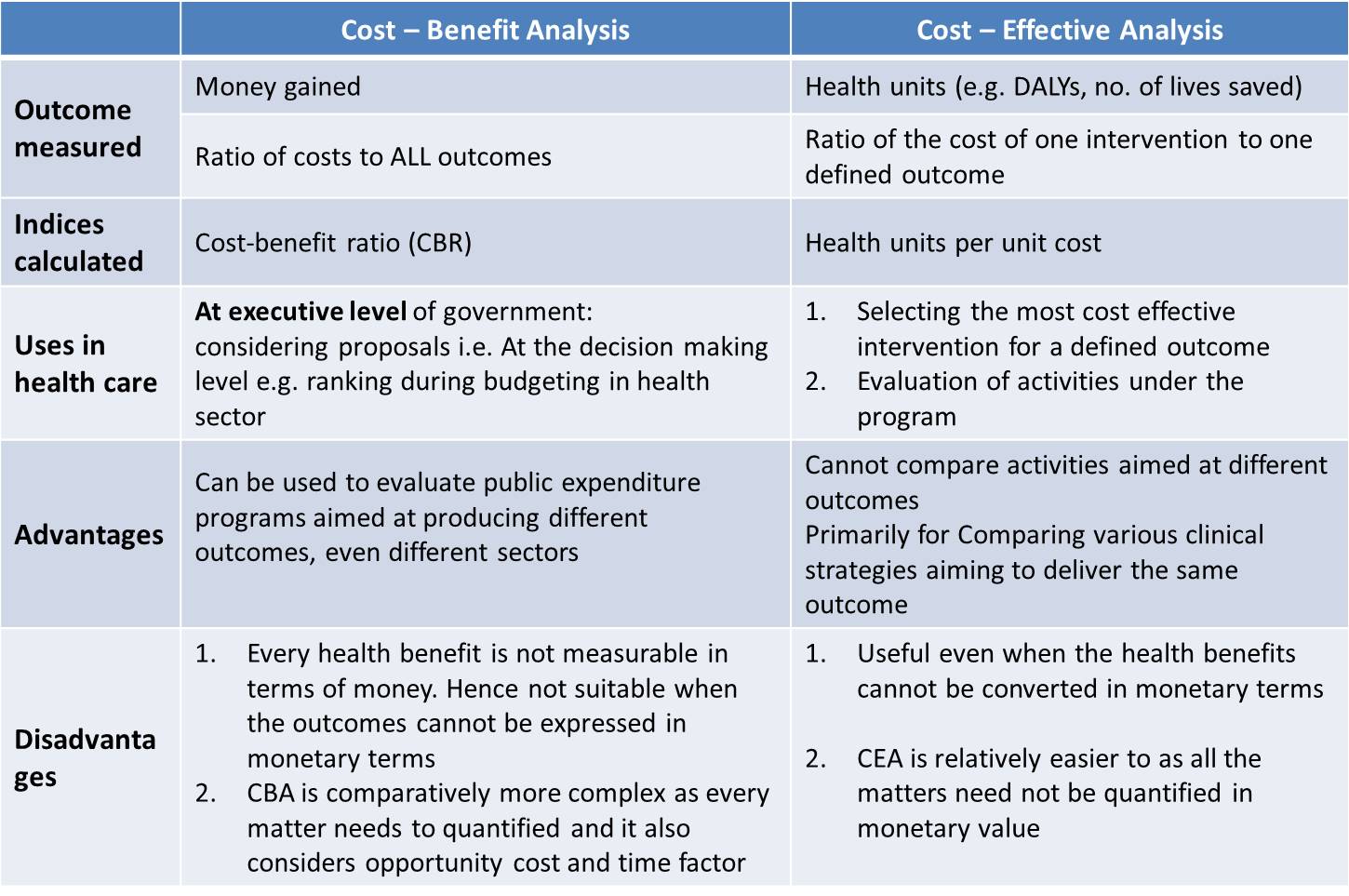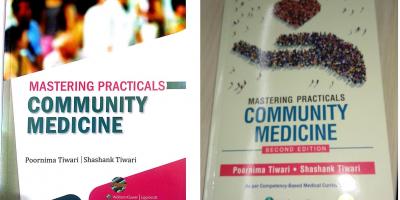Difference b/w Cost-Benefit and Cost-Effective Analysis

References:
• WHO, 1974. Modern Management Methods and the Organization of Health Services; Geneva
• WHO, 2006 . Guidelines for conducting cost–benefit analysis of household energy and health interventions; eds: Guy Hutton,Eva Rehfuess. WHO press, Geneva.
• WHO, 2003. Who Guide to Cost- Effectiveness Analysis; Geneva
• Park’s Textbook of Preventive and Community Medicine. 24th ed, 2017, Bhanot Publishers, Jabalpur







